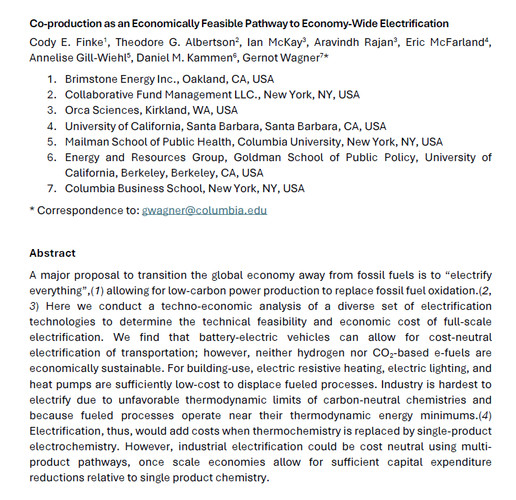Climate Change: Like an Asteroid
The threat of climate change must be taken far more seriously, before it is too late.
By Gernot Wagner and Martin L. Weitzman
If a civilization-as-we-know-it-altering asteroid were hurtling toward Earth, scheduled to hit a decade hence, and it had, say, a 5% chance of striking the planet, we would surely pull out all the stops to try to deflect its path.
If we knew that same asteroid were hurtling toward Earth a century hence, we may spend a few more years arguing about the precise course of action.
Clear and present danger
But here’s what we wouldn’t do: We wouldn’t say that we should be able to solve the problem in at most a decade, so we can just sit back and relax for another 90 years.
Nor would we try to bank on the fact that technologies will be that much better in 90 years, so we can probably do nothing for 91 or 92 years and we’d still be fine.
We’d act – and soon. Never mind that technologies will be getting better in the next 90 years. Never mind, either, that we may find out more about the asteroid’s precise path over the next 90 years that may be able to tell us that the chance of it hitting Earth is “only” 4% rather than the 5% we had assumed all along.
That last point — increased certainty around the final impacts — is precisely where climate change has proven so vexing. Our estimate of the range of climate sensitivity — what will happen to temperatures as concentrations in the atmosphere double — isn’t any more precise today than it was over three decades ago.
And the chance of eventual climate catastrophe isn’t 5%. Our own calculation based on IEA projections shows that it’s likely closer to 10% or even more.
Dealing with uncertainty responsibly
Climate change is beset with deep-seated uncertainties. They prevent us from simply translating temperature changes into economic damages.
One thing is clear, though: Because the extreme downside is so threatening, the burden of proof ought to be on those who argue that fat tails don’t matter, that possible damages are low and that discount rates ought to be high.
As little as we know about many of these uncertainties, we do know that the chance of eventual catastrophic warming of an additional 6°C (11°F) or more isn’t zero. In fact, it’s slightly greater than around 10%, under our conservative calibration.
Where does all of that leave us?
If the question is what single number to use as the optimal price of each ton of carbon dioxide pollution today, the answer should be at least $40 per ton of carbon dioxide, the U.S. government’s current value.
We know that number is imperfect. We are pretty sure it’s an underestimate. We are confident it’s not an overestimate. It’s also all we have.
And it’s a lot higher than the prevailing price in most places that do have a carbon price right now — from California to the European Union. The sole exception is Sweden, where the price is upward of $150. And even there, key industrial sectors are exempt.
Any benefit-cost analysis relies on a number of assumptions — perhaps too many — to truly come up with a single dollar estimate based on one representative model of something as large and uncertain as climate change.
A precautionary principle?
Since we know that fat tails can dominate the final outcome, the decision criterion ought to focus on avoiding the possibility of these kinds of catastrophic damages in the first place.
Some call it a “precautionary principle” — better safe than sorry. Others call it a variant of “Pascal’s Wager” — why risk it, if the punishment is eternal damnation? We call it a “Dismal Dilemma.”
In the end, it’s risk management — existential risk management. And it comes with an ethical component. Precaution is a prudent stance when uncertainties about catastrophic risks are as dominant as they are here. Benefit-cost analysis is important, but it alone may be inadequate, simply because of the fuzziness involved with analyzing high-temperature impacts.
With the immense longevity of atmospheric carbon dioxide, “wait and see” would amount to nothing other than willful blindness.
Published by The Globalist. Continue reading in Climate Shock, available at booksellers everywhere.

